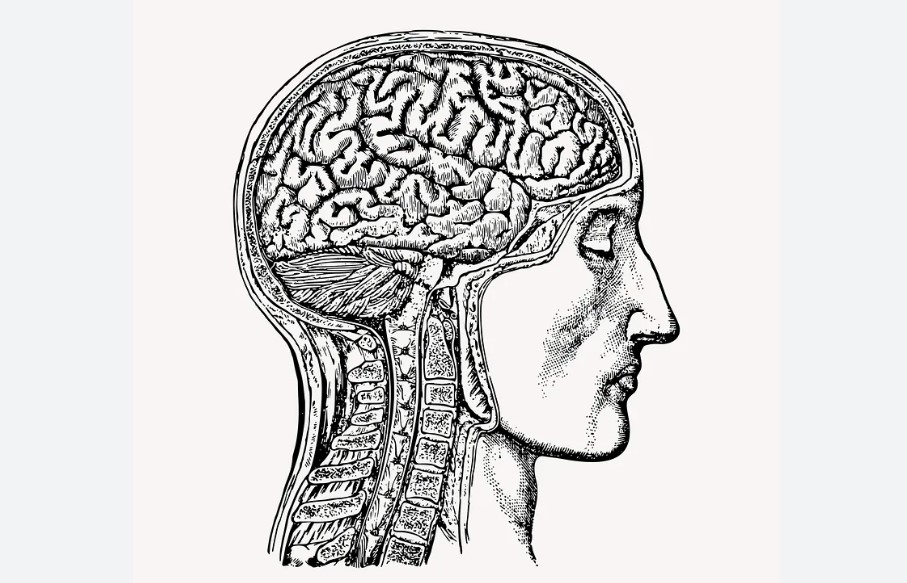There is a connection between brain physiology and learning. We have a triad structure in our brain:
(a) The lower or reptilian brain.
(b) The middle mammalian or limbic brain
(c) The neocortex or thinking brain.
The body’s vital functions are also controlled by the lower brain, including heart rate, hunger, body temperature, balance, fear responses, and staying safe. The brainstem and cerebellum are the main structures of the lower brain. Memory and emotions are controlled by the limbic system of the mammalian brain.
This brain region includes the hippocampus, amygdala, and hypothalamus. Among the functions of the neocortex, which is the thinking brain, are spatial reasoning, abstract thinking, language development, social interactions, and consciousness.

The neocortex consists of the outer layers of the cerebral hemispheres, also known as the left brain and right brain, and has an almost unlimited capacity to learn. Left- and right-brained theories recommend categorizing children into two groups based on their learning styles. According to the theory, left-brained learners are logical, analytical, objective, mathematically oriented, and capable of processing language.
A right-brained learner is artistic, creative, and subjective and is capable of processing patterns and forms. Teachers are advised to ensure their teaching is “left- and right-brain balanced” so students can maximize their learning based on their left-brain preferences. Scientists at the University of Utah analyzed the brain images of 1,011 subjects and found scant evidence that people are left-brained or right-brained.
It has been shown in neuroscience that some brain functions occur on one side of the brain, for example, language occurs on the left side of the brain, but people have neither a strong left-sided nor right-sided brain network.
In this way, the left-brain versus right-brain dichotomy is disproved. There is no independent operation between the three parts of the brain. Several interconnections have been established between them through which they influence each other. Reptilian brains are busy running the body’s automatic functions for survival while they are learning. The limbic brain is responsible for creating memories and responding to emotions based on past experiences.
Input from the senses is interpreted, analyzed, and synthesized by the left and right hemispheres of the neocortex to form information and patterns that make sense to the learner. Learning capabilities increase when the three brain regions are stimulated and connected. As a consequence of brain-based learning theory, technology-supported learning requires a nonthreatening learning environment for students to be receptive to learning.
A student who perceives the situation as threatening, such as bullying, humiliation, or not being able to achieve, may revert to the primitive, instinctive reptilian brain, causing disruptions and aggression. Otherwise, the thinking brain will downshift to the limbic brain. It is also possible to become frustrated and unmotivated when tasks are too challenging, either technically or cognitively. Software for game production and data logging are examples of potential technologies that could trigger these feelings.
Experimental data collection using data logging equipment involves a significant cognitive load. Working memory is needed to deal with the technical aspects, that is, the use of hardware (probes, meters) as well as software (platforms, calibrations, and graphs).
It also imposes cognitive demands on technical users, for example, why calibration and the interpretation of the data displayed are necessary. This includes the less explicit but still implied meaning of the data displayed.
It is the educator’s role to ensure that students have some initial literacy with digital technology so as to reduce their cognitive load when using more complex technology. In order to prepare for the main experiments, it is necessary to explore the equipment and carry out small tasks within the exploration phase. This will enable students to develop skills and understanding related to its use.
Students will be able to use the technology intuitively and intelligently when these skills are automated. This is because logging tasks well since they will be able to manipulate the different functions of the technology. The focus will then be on the academic task itself with more success and less frustration.







